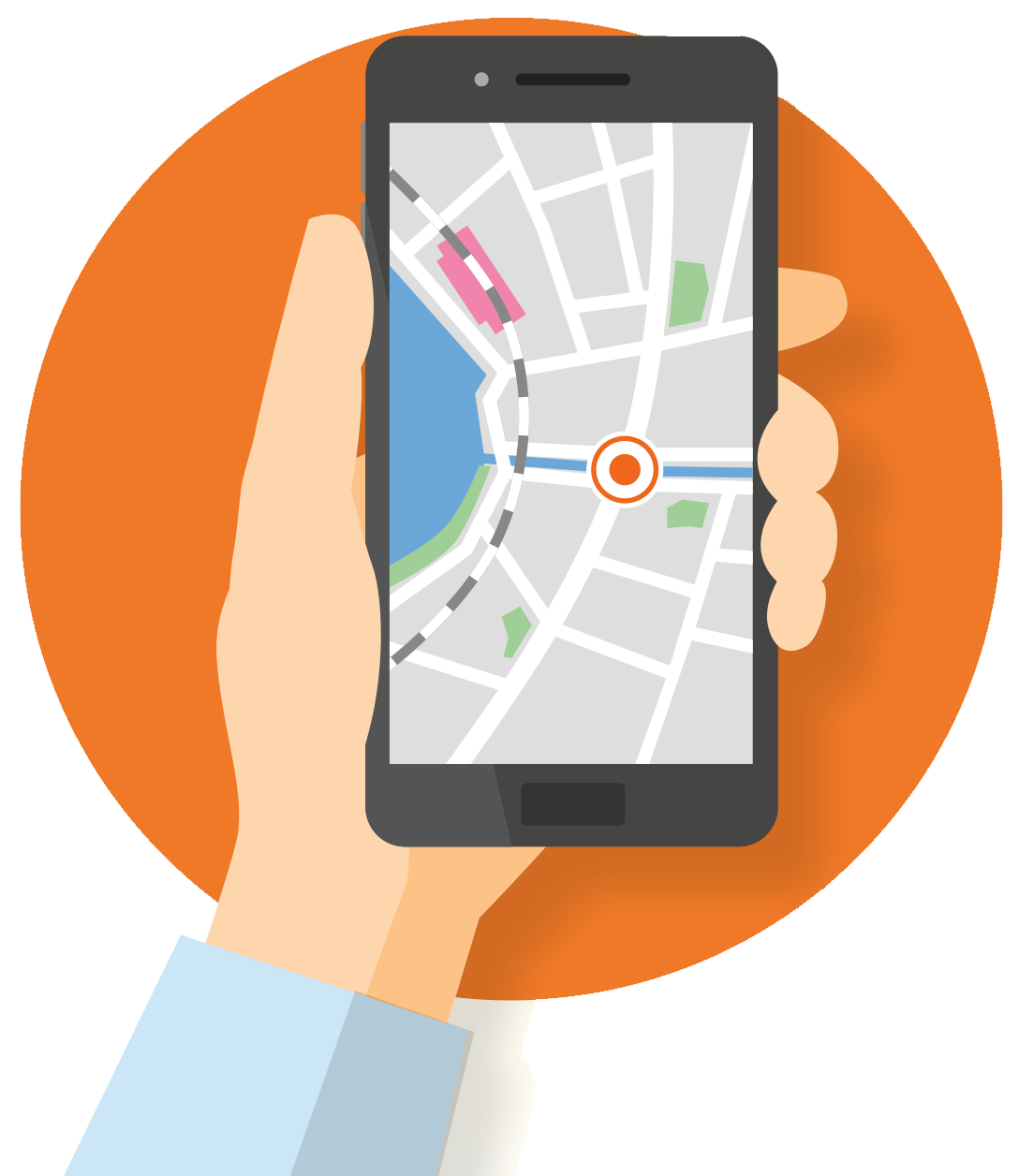
Your phone already has an app that can tally your daily steps and log your maximum heart rate, but structural engineers have another type of wellness tracker—one that monitors the health of bridges—in mind.
A research team, including Shamim Pakzad, professor and chair of Lehigh’s Department of Civil and Environmental Engineering, has demonstrated that GPS and accelerometer data collected from smartphones can be used to accurately detect modal frequencies from bridges. These vibrations can be used to assess the condition of spans but are typically collected via special, fixed sensors attached to the bridges themselves.
 In a paper recently published in Communications Engineering (a Nature publication), the researchers examined data collected from their own phones in vehicles driven over the Golden Gate Bridge in San Francisco and a shorter concrete bridge in Italy, as well as data crowdsourced from Uber drivers. In all three cases, the readings matched up closely with data gathered from the more sophisticated—and costly—stationary sensors.
In a paper recently published in Communications Engineering (a Nature publication), the researchers examined data collected from their own phones in vehicles driven over the Golden Gate Bridge in San Francisco and a shorter concrete bridge in Italy, as well as data crowdsourced from Uber drivers. In all three cases, the readings matched up closely with data gathered from the more sophisticated—and costly—stationary sensors.
While biennial visual inspections are still required by code for assessing bridge health, crowdsensing and mobile sensors (which Pakzad has been studying for more than a decade) could prove to be valuable, cost-saving tools to keep bridges safe, functional, and in service for longer periods. They could also help allocate resources for maintenance and management to the most critical areas.
The lead author is Thomas Matarazzo ’12G ’15 PhD, an assistant professor at the U.S. Military Academy at West Point. Soheil S. Eshkevari ’20 PhD, now a senior machine learning engineer with Uber, is also a co-author. Both were advised by Pakzad at Lehigh.
Illustration: iStock/YUOAK; Photo: ISTOCK/Don White
